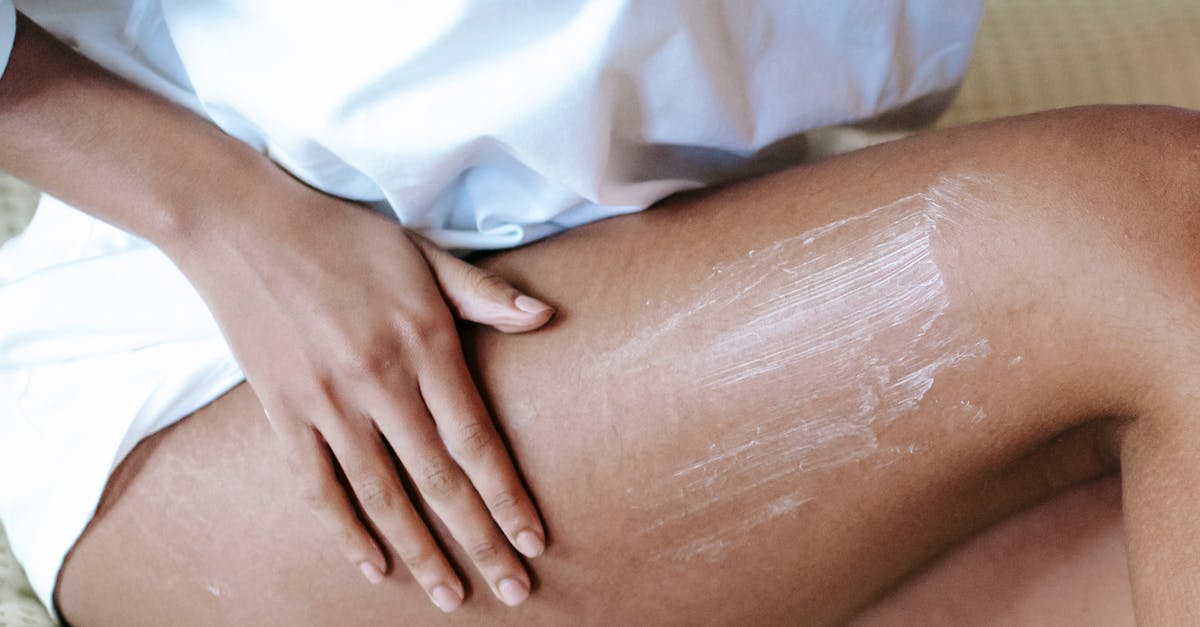Unlock Your Hip Flexors for Seniors: Techniques for Enhanced Mobility and Health
Unleash Your Mobility: A Guide to Hip Flexor Health for Seniors

As we age, our bodies undergo various changes that can affect our mobility and overall health. One area that often requires attention is the hip flexors. These muscles, located at the front of the hip joint, play a crucial role in our ability to walk, run, and perform daily activities. However, as we get older, our hip flexors can become tight and weak, leading to pain, stiffness, and limited range of motion.
Maintaining flexible and strong hip flexors is essential for seniors to preserve their mobility, reduce the risk of falls, and improve their overall quality of life. In this article, we will explore effective techniques to unlock hip flexors, the benefits of doing so, and tips for maintaining healthy hip flexors as we age. We will also discuss when it is appropriate to seek professional help for hip flexor issues.
Understanding the importance of hip flexors and the techniques to unlock them will empower seniors to take an active role in maintaining their physical well-being and enjoying an active and fulfilling life.
1. Understanding Hip Flexors and Their Importance
Understanding Hip Flexors and Their Importance
The hip flexors are a group of muscles located at the front of the hip joint. They play a crucial role in various movements, including walking, running, climbing stairs, and getting in and out of chairs. The primary function of the hip flexors is to flex the hip joint, which brings the thigh towards the body. They also assist in rotating the thigh outward and stabilizing the pelvis.
As we age, our hip flexors can become tight and weak due to factors such as reduced physical activity, prolonged sitting, and age-related muscle loss. Tight hip flexors can lead to various problems, including pain in the lower back, hips, and knees; reduced range of motion; and difficulty performing everyday activities. Weak hip flexors can also affect balance and stability, increasing the risk of falls.
Maintaining flexible and strong hip flexors is particularly important for seniors to preserve their mobility, reduce the risk of falls, and improve their overall quality of life. Regular stretching and strengthening exercises can help to keep the hip flexors healthy and functioning optimally.
2. Effective Techniques to Unlock Hip Flexors

Effective Techniques to Unlock Hip Flexors
There are various techniques that can help seniors unlock their hip flexors and improve their flexibility and range of motion. These techniques include:
-
Dynamic stretching: Dynamic stretches involve moving the body through a range of motion while in motion. They are a good way to warm up the muscles before exercise or activity. Examples of dynamic stretches for the hip flexors include leg swings, hip circles, and walking lunges.
-
Static stretching: Static stretches involve holding a stretch for a period of time, typically 15-30 seconds. They are best performed after a warm-up or exercise routine. Examples of static stretches for the hip flexors include the kneeling hip flexor stretch, the standing quad stretch, and the seated butterfly stretch.
-
Foam rolling: Foam rolling involves using a foam roller to apply pressure to the muscles and fascia. It can help to release tension and improve flexibility. To foam roll the hip flexors, lie on your back with the foam roller positioned under your lower back. Roll up and down the foam roller, focusing on the areas where you feel tightness or tension.
-
Exercises that target the hip flexors: Strengthening the hip flexors can also help to improve their flexibility and range of motion. Some exercises that target the hip flexors include squats, lunges, and leg raises. It is important to start slowly and gradually increase the intensity and duration of these exercises over time.
3. Benefits of Unlocking Hip Flexors
Benefits of Unlocking Hip Flexors
Unlocking hip flexors can provide numerous benefits for seniors, including:
-
Improved mobility: Flexible hip flexors allow for a greater range of motion in the hips, which can improve mobility and make it easier to perform everyday activities, such as walking, climbing stairs, and getting in and out of chairs.
-
Reduced pain and stiffness: Tight hip flexors can put strain on the lower back, hips, and knees, leading to pain and stiffness. Unlocking the hip flexors can help to reduce this strain and alleviate pain and stiffness.
-
Enhanced balance: Strong hip flexors help to stabilize the pelvis and improve balance. This can reduce the risk of falls, which is a common concern among seniors.
-
Increased range of motion: Flexible hip flexors allow for a greater range of motion in the hips, which can improve overall flexibility and make it easier to participate in activities such as yoga, dancing, and swimming.
4. Tips for Maintaining Healthy Hip Flexors

Tips for Maintaining Healthy Hip Flexors
Maintaining healthy hip flexors is essential for seniors to preserve their mobility and overall well-being. Here are some practical tips:
-
Regular exercise: Regular exercise is one of the best ways to maintain healthy hip flexors. Activities that involve hip flexion, such as walking, running, cycling, and swimming, can help to keep the hip flexors flexible and strong. It is important to start slowly and gradually increase the intensity and duration of exercise over time.
-
Proper posture: Maintaining proper posture can help to prevent the hip flexors from becoming tight and weak. When sitting, make sure to keep your back straight and your feet flat on the floor. When standing, avoid slouching and keep your shoulders back and your head held high. When sleeping, try to sleep on your side with a pillow between your knees to keep your hips in a neutral position.
-
Lifestyle modifications: Certain lifestyle modifications can also help to maintain healthy hip flexors. Avoid prolonged sitting, as this can lead to tight hip flexors. If you have a desk job, get up and move around every 20-30 minutes. Also, try to incorporate activities that involve hip flexion into your daily routine, such as gardening, housework, or playing with children or grandchildren.
5. When to Seek Professional Help
When to Seek Professional Help
While most hip flexor issues can be managed with self-care measures, there are some cases where it is appropriate to seek professional help. Seniors should consider seeing a doctor if they experience the following:
- Persistent pain that does not improve with home treatment
- Limited mobility that interferes with daily activities
- Numbness or tingling in the legs or feet
- Weakness in the legs or hips
- Swelling or redness around the hip joint
- A fever
A doctor may perform a physical examination and ask about your symptoms and medical history. They may also order imaging tests, such as an X-ray or MRI, to rule out any underlying medical conditions that may be causing the hip flexor pain or stiffness.
If an underlying medical condition is found, your doctor will recommend the appropriate treatment plan. This may include medications, physical therapy, or surgery. In most cases, however, hip flexor issues can be managed with conservative treatment measures, such as stretching, strengthening exercises, and pain relievers.
Quiz
1. True or False: Hip flexors are muscles located at the back of the hip joint.
2. Which of the following is NOT a benefit of unlocking hip flexors for seniors? (a) Improved mobility (b) Reduced pain and stiffness (c) Enhanced balance (d) Increased risk of falls
3. Which of the following techniques can help seniors unlock their hip flexors? (a) Dynamic stretching (b) Static stretching (c) Foam rolling (d) All of the above
4. Which of the following is a sign that seniors should seek professional help for hip flexor issues? (a) Persistent pain (b) Limited mobility (c) Numbness or tingling in the legs or feet (d) All of the above
Answer Key
- False
- (d) Increased risk of falls
- (d) All of the above
- (d) All of the above
